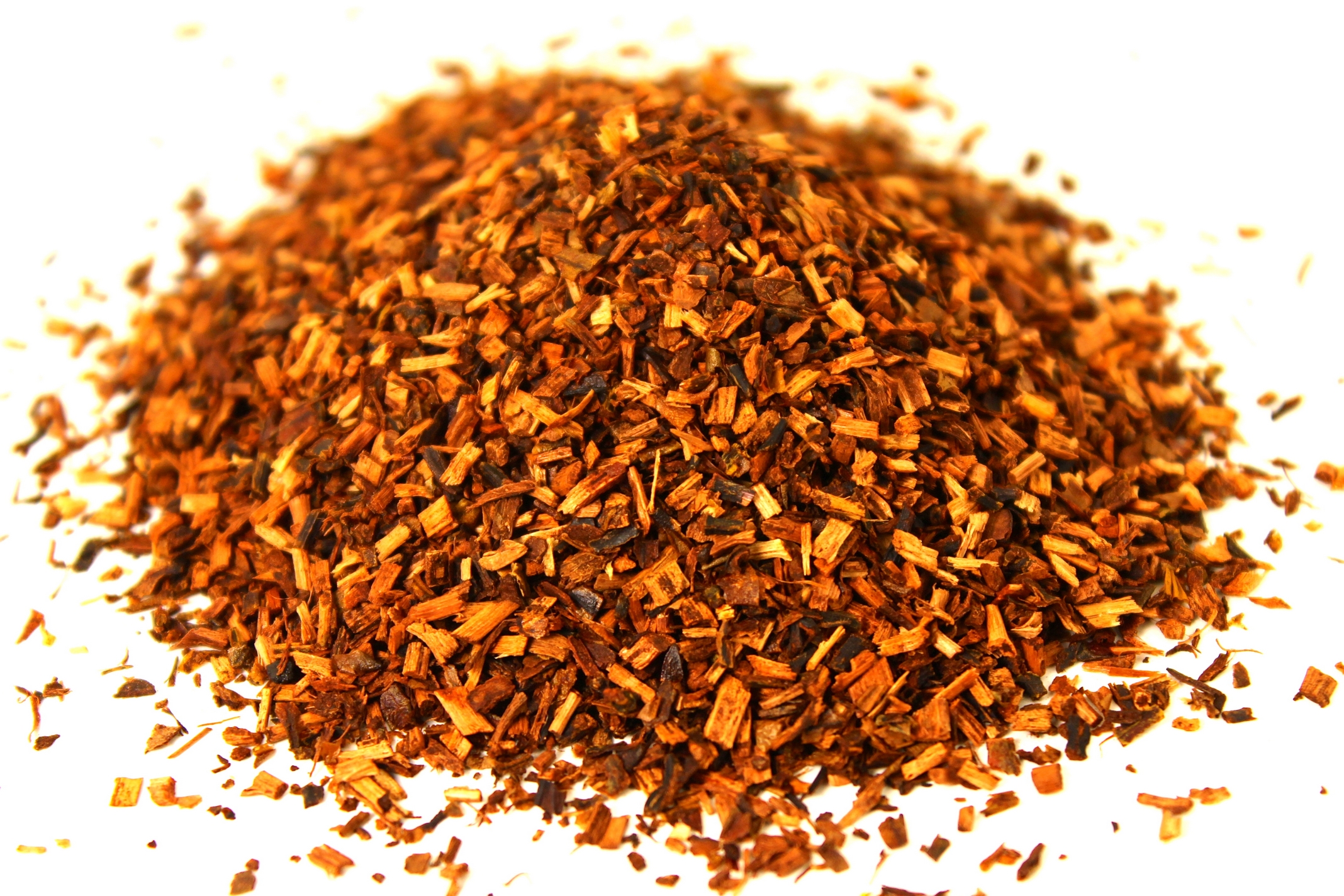Table of Contents
Introduction
Many times people will go into a tea store and look for something new that they have never had before. Whether it be Chamomile tea, Rooibos tea, or Jasmine tea sometimes people go in looking for one thing and end up with something that is not really a tea. Although these “teas” can be found in tea stores they actually don’t come from the only plant that actually makes “real tea” They come from other plants, which in tern makes them a Tisane. What is a Tisane? you might ask. Don’t worry if you don’t know and just click that link and you will have your full answer.
What is HoneyBush Tea?
Now back to the original story,about what Honeybush tea is, and what it is not. Honeybush is not a tea as it is actually a tisane or herbal mix that you can brew. It is tasty, sweet, and a great tea alternative if you are looking to brew something new up. Keep on reading and you will find out exactly what honeybush is, some possible health uses for honeybush, as well as how to brew honeybush.
Honeybush tea is a common name Cyclopia, a flowering plant from the legume family. The leaves of this plant is commonly used to make herbal teas or tisane. It abundantly grows in the southeast and southwest parts of South Africa and is very similar to rooibos. The name honeybush was derived from its smell which is honey. It is similar to rooibos because it tastes like it but a little sweeter. Boil this up to five minutes to make a tea.
Types of Honeybush
There are five species of honeybush tea widely spread for home and commercial use. First is cyclopia intermedia commonly known as bergtee or mountain tea. This kind of specie is found nearly between Port Elizabeth and edge of Langkloof. Second is cyclopia subtenarta. This is commonly known as vleitee (marshland tea) and valleitee (valley tea). Next is cyclopia genistoides known as kustee or coastal tea. This can be found mainly in the Western Cape near Yserfontein and Darling. Fourth is cyclopia sessiliflora, named after Heidelberg town in South Africa since it grows abundantly in the local mountain range. This specie is commonly known as Heidelberg-tee. Lastly is cyclopia maculata which grows mainly in Outeniqua area near George.
HoneyBush tea benefits
Honeybush tea is a natural treatment for some health issues. It can prevent cold and allergies, is also high in antioxidants and vitamins, and can easily ease stomach pains. It contains nutrients such as iron, potassium, calcium, copper, zinc, magnesium, manganese, and sodium. Iron in honeybush is 0.3 mg in every 240 ml.It is responsible for transporting the oxygen in the blood. Potassium (0.01 mg in 240 ml) is responsible for the metabolic processing of the body. The one making the strong teeth and bones is the Calcium (0.01 in 240 ml). Just like Potassium, Copper (0.003 mg in every 240 ml) is also taking responsibility for the metabolic processes of the body. Zinc (0.015 mg for 240 ml) helps the body in keeping skin healthy and normal growth. The one responsible for keeping the nervous system healthy is Magnesium (0.002 mg for every 240 ml). Manganese (0.11 mg for 240 ml) is the one necessary for the bone growth and development as well as metabolic processes of the body. Lastly is the Sodium (1.5 mg in 240 ml) that is necessary for fluid and acid-base balance.
If you are looking to make a perfect cup of Honeybush up just click on this link: How to brew Honeybush tea
